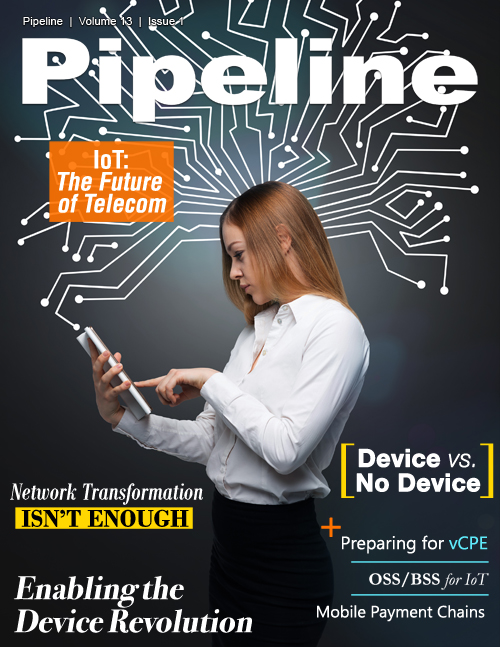Mobile Payment Chains
What are the long term implications? The U.S. Federal Reserve and its European counterparts will begin taking an active interest in regulating telecom networks because the health of the world financial network will depend on them. These systems, such as Visa's Mobile Innovations, already let users “send and receive person-to-person payments, cross-border remittances, and business disbursements.” If millions of users start doing this with their smartphones, the international financial regulatory agencies will want some way to track or control those transactions. Europe currently limits the payments by mobile device to small value transactions. Will that get overturned or will it become an international norm, even in America and Southeast Asia?
Blockchain opportunity
Into this proto ecosystem has come a disruptive technological spoiler. The technology which enabled Bitcoin to challenge national currencies and international exchange regulation is being re-tasked for mobile payments. This technology is called "Blockchain" and it directly competes with EMVCo and other payment token approaches. How is it a spoiler? Blockchain maintains a distributed ledger history of transactions associated with the payment authentication string. It eliminates the necessity for participation of a privileged third party in authentication [aka transaction clearinghouses like VISA]. Instead, it uses a distributed consensus model where a number of Blockchain network nodes in the infrastructure vote on the validity of the transaction, then record valid transactions. These intermediate nodes all have distributed copies of the existing authenticated ledger. “The cryptographic integrity of the whole pending transaction, as well as examination by multiple nodes of the Blockchain architecture, protect against threats and malevolent use of the technology.”
Blockchain can be configured to define a set of pre-known participants in the chain and only allow these users to participate in the transaction – enforcing a concept similar to call user groups. These "permissioned" Blockchains establish who can participate in a transaction. Bitcoin is one Blockchain network, which happens to be wide open. But others are possible and can be set up by an interested exchange group. Telcos could create, back and manage such a conditional participation Blockchain network for their customers.
Blockchain technology could have other uses that are of strong interest to telecom. Since the history of all transactions in an extended sequence is maintained, a Blockchain user group could be created for securely tracking telecom inventory. At the turn of the century, we unsuccessfully proposed this using secure write only chips. Perhaps this inexpensive, yet secure approach, could allow full and secure identification for any network element of the supply path from source, to lab, to warehouse, to POP – secure transnational tracking and identification of network equipment down to the board level.
Blockchain needs additional champions if it is to gain market superiority over EMVCo tokens. IBM is enthusiastically on board, considering Blockchain the future fabric for commerce on the Internet. Digital Asset and the startup Manifold Technology also provide high performance Blockchain infrastructure. These are potential CSP partners covering each end of the vendor spectrum. A place for CSPs to start is the open source project Hyperledger. Familiar telecom ecosystem partners are already there: Accenture, Cisco, Fujitsu, Hitachi, IBM, NEC, and NTT DATA. Blockchain technology is not easy to setup and manage. But then neither are networks and telecom does a pretty fair job of keeping those going.



















